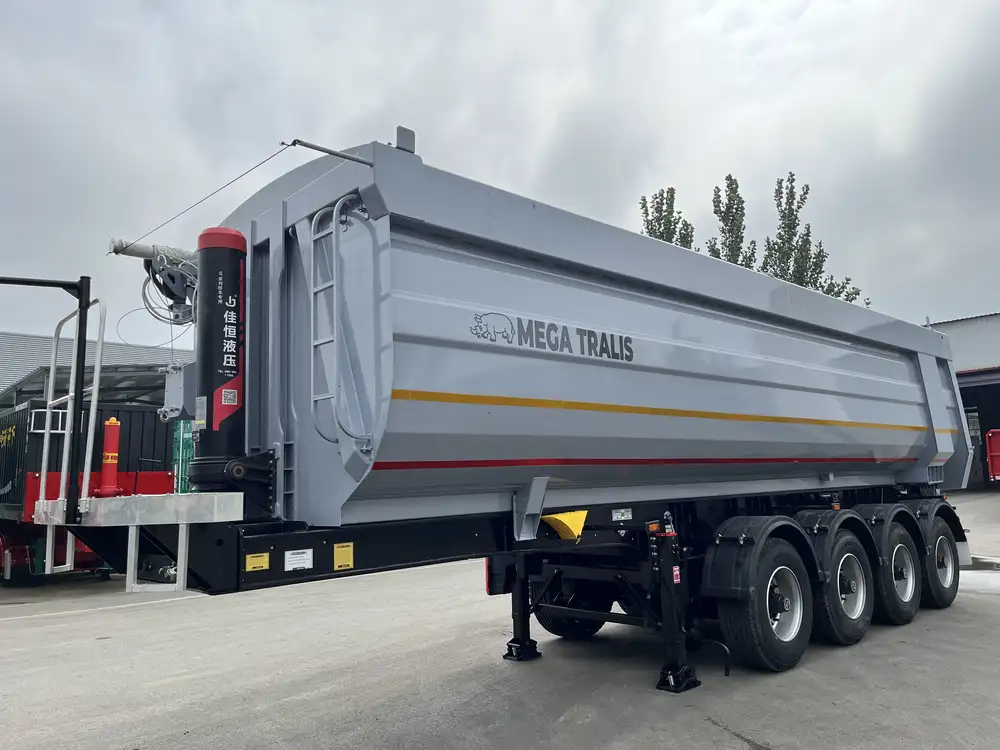Understanding Trail Running and Its Unique Challenges
Trail running is a unique blend of athleticism and nature immersion. Unlike road running, it embraces rugged terrains, elevation changes, and the unpredictability of the great outdoors. This exhilarating sport is not merely about foot speed; it’s about agility, stamina, and mental fortitude. In this article, we delve deep into the foundational aspects of trail running, focusing on the essentials that every runner should consider for an optimal experience.
The Terrain: An Overview of Trail Types
Understanding the terrain is critical for every trail runner. Different types of trails present various challenges and require distinct approaches:
| Trail Type | Description | Impact on Running |
|---|---|---|
| Single Track Trails | Narrow paths, often winding through woods or fields. | Requires precision in foot placement; risk of tripping increases. |
| Technical Trails | Rocky, root-laden paths needing advanced navigation skills. | Demands agility and improved balance to maneuver obstacles effectively. |
| Fire Roads | Wide, unpaved roads accessible for vehicles. | Easier to navigate; ideal for long-distance runs but less scenic. |
| Mountain Trails | Steep inclines and declines with varying surfaces. | Engages different muscle groups, emphasizes strength and endurance. |

Selecting the Right Trail Running Gear
The right equipment can significantly enhance your trail running experience. Here’s a breakdown of essential gear:
Footwear: The Foundation of Your Adventure
Choosing the appropriate shoes is paramount. Trail running shoes offer specific features designed to tackle rough terrains, including:
- Aggressive Tread Patterns: Enhanced grip for better traction.
- Cushioning: Protects from impact and adds comfort on uneven surfaces.
- Water Resistance: Keeps feet dry during wet conditions.
Consider brands like Salomon, Altra, and Merrell, which are renowned for their trail running footwear that strikes a balance between durability and comfort.
Apparel: Dressing for Success
Understanding the weather and conditions will help in selecting the right apparel:
- Moisture-Wicking Fabrics: Keep sweat at bay and regulate body temperature.
- Layering: Offers flexibility to adapt to changing conditions.
- Reflective Gear: Essential for running in low-light conditions for safety.

Hydration and Nutrition: Fueling Your Run
Hydration Solutions:
Maintaining proper hydration is non-negotiable. Several options include:
| Hydration Option | Pros | Cons |
|---|---|---|
| Hydration Packs | Hands-free, ample storage for water. | Can be cumbersome on longer runs. |
| Hydration Belts | Lightweight and portable. | Limited water capacity. |
| Personal Water Bottles | Easy to refill and access. | Requires hand carrying. |
Nutrition on the Trail:
Trail running can be taxing on your body, hence carrying snacks is crucial. Some runner favorites include:
- Energy gels and chews for quick carbs.
- Trail mix containing nuts, dried fruits, and seeds for sustained energy.
- Fruit, like bananas, for hydration and natural sugars.
Injury Prevention: Keep Running Strong
The rugged nature of trails often leads to specific injuries. Understanding these risks and applying preventive measures is essential. Common injuries include:
Ankle Sprains: Often resulting from uneven surfaces.
- Prevention Tip: Strengthen balance and agility through specific exercises.
Runner’s Knee: A result of repeated stress.
- Prevention Tip: Strength training for the legs and proper footwear can mitigate risks.
IT Band Syndrome: Caused by overuse or poor running form.
- Prevention Tip: Incorporate stretching and foam rolling into your routine.
Navigating Trail Etiquette
Respecting nature and fellow runners is vital in creating a positive trail environment. Essential rules include:
- Yielding Right of Way: Give way to hikers and horseback riders.
- Staying on Designated Trails: Helps preserve the environment.
- Leave No Trace Principles: Pack out what you pack in, including biodegradable waste.

Understanding the Concept of “Might Contain Nuts”
Navigating the variable landscape of trail running naturally raises questions of risk management and preparedness. A metaphorical label, “might contain nuts,” can also be viewed in the context of trail runners varying experiences with nature’s unpredictability, including potentially hazardous elements like allergies or unforeseen challenges on the trail.
Addressing Allergies and Environmental Factors
For runners who are allergic to nuts or other substances, it’s crucial to integrate safety measures into trail running plans. Here are some considerations:
- Inform Training Partners: Make sure those accompanying you are aware of your allergies.
- Carry Allergy Medications: Always have epinephrine auto-injectors on hand if you’re at risk.
- Choose Trails Wisely: Some trails might present greater risks for unexpected allergens.
Training for Longevity: Building a Sustainable Routine
Developing a training regimen that promotes longevity and minimizes the risk of injury can vastly improve your trail running experience. Key aspects include:

Periodization: Plan Your Runs
Creating a varied training schedule helps balance intensity and recovery. This method ensures that the body can adapt without succumbing to fatigue or injury. Implement periodization through:
- Base Phase: Build mileage gradually.
- Strength Phase: Enhance muscle resilience through targeted workouts.
- Tapering: Reduce intensity before major events to allow recovery.
Cross-Training Benefits
Incorporating different forms of exercise into your routine can enhance performance. Options include:
- Swimming: Provides a total body workout that is low-impact.
- Cycling: Builds cardiovascular fitness while resting running muscles.
- Yoga: Improves flexibility and mental focus, aiding recovery.
Engaging with the Trail Running Community
Connecting with other trail runners can provide support, motivation, and shared experiences. Consider:
- Joining Local Running Clubs: Regular meet-ups for group runs.
- Participating in Trail Events: Engage in competitive races or fun runs.
- Utilizing Social Media Forums: Share tips and experiences with like-minded individuals.

Trail Running Events: From Local to Destination Races
The excitement of participating in trail running events can elevate your running experience. Events range from local races to internationally recognized competitions. Themes may include:
- Distance Races: 5k to ultra-marathons.
- Obstacles and Terrain Challenges: Combining various terrains enhances the experience.
- Charity Events: Run for a cause and engage with the community.
Conclusion: Embarking on Your Trail Running Journey
Trail running is an exhilarating pursuit that marries physical exertion with the beauty of nature. By understanding the terrain, investing in proper gear, and prioritizing safety, runners can create memorable experiences that resonate with their adventurous spirit. Embracing the motto “might contain nuts,” we acknowledge that while the trails can be unpredictable, the right preparations will set the course for each runner’s journey through the wilderness.
Through meticulous training, gear selection, nutrition, and community engagement, we position ourselves not only to tackle trails effectively but also to enjoy each moment spent under the open sky. Let us lace our shoes, hit the trails, and embrace the exhilarating uncertainties that await with every step.



